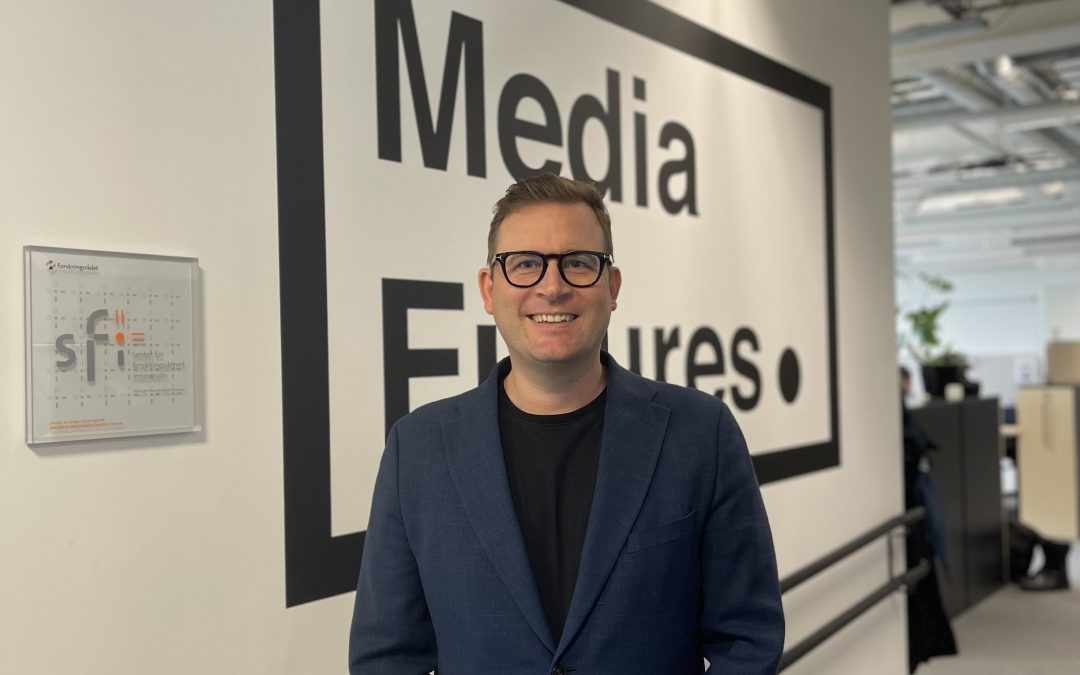When the Norwegian Government announced the allocation of one billion kroner for research on AI and digital technology on September 7, it sparked intense discussions among experts, academics, and industry professionals. Institutions, organizations, and individuals are now actively engaging, proposing AI research strategies that contribute to the debate and emphasize the significance of this investment.
Mapping the existing structures of AI research in Norway is crucial for the development of sustainable and effective national AI research that will continue in the future. As an SFI (Center for Research-based Innovation), our primary focus remains on ongoing research, but we recognize the importance of contributing to the conversation at this juncture. MediaFutures has a unique perspective on the cooperation between the different sectors openly vying for the funds and will try to sketch an overview of Norway’s AI research infrastructure.
The academia
Within the domain of research in AI and media technology, academic institutions such as NTNU, MediaFutures’ host UiB and partner universities UiO, and UiS position themselves as the key drivers. Howewer, because their primary focus lies in teaching and research, their commitment to innovation can sometimes take a back seat due to time constraints. Despite the presence of department-wide umbrella institutes dedicated to AI research, the involvement of university employees, already occupied with teaching and their individual research pursuits, limits their capacity for substantial innovation. Balancing the responsibilities of being a professor while engaging in innovative, product-oriented research proves to be a complex task. In addition, because funding can be difficult to acquire, university initiatives often lack the necessary manpower and time to go beyond fundamental theoretical research.
Despite the collaboration on AI research within single institutions, universities contend with internal divisions between academic pillars regarding AI’s future. On one side, prominent figures from the social sciences, including Mari S. Kannelønning, Gunn Enli, and Rune Svarverud, as noted by Lars Nyre and Bjørnar Tessem in their commentary on Khrono, have voiced their perspectives. On the other side, leaders from the fields of IT and natural sciences, spearheaded by Morten Irgens and Christen Krogh, have stated their point of view. However, while Nyre and Tessem’s article emphasizes the apparent absence of collaboration between academic disciplines, MediaFutures SFI: Research Center for Responsible Media Technology & Innovation stands as a testament to the potential of interdisciplinary research.
The research center MediaFutures is a network. We get money to work on a joined mission. Within academia however, we have initiatives which are very theoretical and less applied. We cannot neglect the need for practical applicability of research findings. How can industry benefit from theoretical work? There are of course also national networks functioning as umbrella entities for multiple research centers and universities. Notable institutions like NORA, which MediaFutures is a part of, bring units together but do not conduct extensive collaborative research. Their focus tends to lean towards fundamental theoretical research by each single unit, lacking the interdisciplinary and directionality required for industry-oriented solutions.
The industry
The collaboration between academia and industry is crucial for innovation in the field of AI and media technology. Fortunately, the Norwegian Government and research council heavily invest in SFIs (Centers for Research-based Innovation) like MediaFutures. Unlike traditional academia, SFI MediaFutures actively partners with industry and has a clear societal purpose, driving the growth of Norwegian industries.
While industry focuses on developing applied technologies, SFIs like MediaFutures, concentrate on advancing them for concrete industrial scenarios. Industry needs researchers to develop technology responsibly. For instance, the collaboration between Schibsted and NorwAI where MediaFutures is also contributing, involves optimizing language models for Norwegian contexts. Unlike NorwAI’s broad approach, MediaFutures stands as the sole SFI dedicated exclusively to the media sector. In our diverse work packages, we address specific challenges by fine-tuning existing technology. Instead of reinventing the wheel, our focus is among other things on optimizing and enhancing the functionality of pre-existing solutions. This specialized focus ensures tailored, innovative applications, driving sustainable progress in media technology
MediaFutures, as an SFI, addresses real-world challenges related to language models, generative AI, and recommender systems. Our approach in MediaFutures is comprehensive. By blending academic expertise with industry insights, we collaborate seamlessly with major industry players such as NRK, TV 2, Schibsted, and VizRT. Importantly, our collaborative mindset is not limited to specific institutions. We welcome and encourage partnerships from various sectors. This open collaboration model allows us to transcend the boundaries of individual institutions, fostering meaningful innovation in the industry.
A national center for AI in the media sector
Directing funds solely to institutions, which then distribute the money to their faculties and departments, results in research and education, but often lacks practical application and innovation. Conversely, industry recipients are less inclined towards research, with limited R&D units. Instead of giving little money to each institute, we should try to aim for a long-term solution being able to bring useful results.
SFIs as successful players in between those two silos have proven to be worth the investment. Existing successful SFIs are limited in number; enhancing them ensures continued effectiveness. Unfortunately, they have a limited lifespan of eight years. Once their term concludes, they either dissolve or require alternative funding methods. Investing in sector specific AI research such as MediaFutures conduct could sustain these centers effectively, meeting the criteria for value creation.
AI will not disappear. In contrast it will become more and more part of our lives. So SFIs could be a good way to distribute the money and invest in something that already works well as a system benefiting AI-related centers and national sectors effectively. Considering the limited duration of SFIs, it could be worth transforming well-operating SFIs, particularly those dealing with AI, into national centers.

